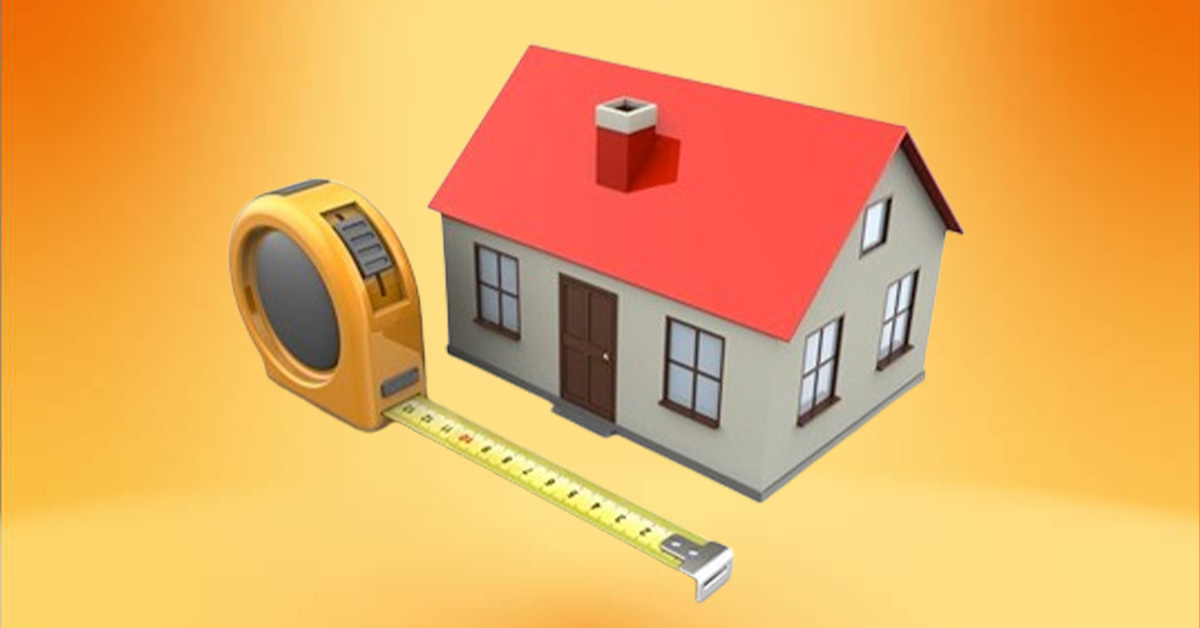Modernizing Home Equity Lending: How Technology Is Transforming Property Valuations
There has been a massive shift to the home equity market over the last 18 months. As a result, mobile property inspections and enhanced automated valuation models (AVM) are hot products right now. Lenders who are neck deep in the equity space are using them to ensure they have reliable property valuations.
To be successful at home equity lending today lenders must obtain fast and accurate property valuations. They need to be completed quickly and accurately because the outcome of a valuation directly impacts the amount of money a homeowner can borrow against. They enable lenders to calculate how much equity a homeowner has.
However, when evaluating properties for HELOCs, full appraisals are not always necessary. While AVMs are a viable alternative, sometimes lenders require more detail about a property but still want fast valuations. This is where mobile property inspection reports combined with AVMs and collateral valuation data reports come in – and they are gaining serious traction in the industry.
This article will present an overview of today’s property valuation technology, how it works, and why lenders are turning to it. While many lenders are using it in the home equity space, these valuation solutions are also being used in instances where a lender needs current photos of a property – such as for disaster checks, new construction draws, even portfolio reviews.
Mobile Property Technology and How it Works
Mobile property inspection reports combined with AVMs and collateral valuation data are excellent alternatives to the standard AVM and property condition reports that lenders typically use as part of their standard HELOC processes. In fact, collateral valuation data is actually an enhanced version of the standard AVM that is on the market today. It is still backed by agency-rated AVM data, but it also includes up to 20 pages of other relevant information – not just about the subject property, but it also analyzes the overall market surrounding the subject property as well.
Oftentimes because of the loan-to-value ratio (LTV) that is determined, lenders may require further proof of the property’s condition by requesting a photo inspection report. Lenders use a photo inspection report instead of, or in lieu of, a standard property condition report (PCR) or full appraisal because it can be delivered on the same day, instead of the standard three-to-five- or seven+ day turnaround time on the other reports.
Photo reports can provide both interior and exterior photos which help eliminate fraud when they are also accompanied by the GPS locations of each photo captured. The property data collector (which can even be the homeowner) takes photos on a mobile device. They cannot upload any pictures that are saved on their mobile device, nor can they apply photo filters. Only photos that are taken in real-time can be uploaded.
When mobile property inspection reports are combined with collateral valuation data, lenders realize numerous benefits:
- Time and money savings – These tools are a fraction of the cost of traditional appraisals in many cases. And they can be delivered in a matter of hours instead of days. The cost is low and turnaround is quick because in many cases lenders are having their own customers take current condition photos of the properties, which are then analyzed by the valuation system and provided in the final report with proof of the photos’ location.
- Easy access to all valuations within one platform – Lenders can order multiple products through their LOS from one vendor – which makes vendor due diligence much easier.
- Fraud protection – Today’s technology utilizes computer vision tools to detect potential fraud and requires users to take photos in real-time – they cannot be uploaded from a camera roll. Combining computer vision tools with the GPS coordinates of every photo taken helps ensure the photos were taken at the specified subject property – and not taken down the block at their neighbor’s newly remodeled house.
- Improved automation – Many of these tools were built recently and automate much of what has traditionally been manual work, saving considerable time. Rather than having to comb through a 20+ page appraisal report, the automated analysis is performed for the lender. A simple summary report is provided instead.
Using Mobile Valuation Technology Beyond HELOCs
While today’s mobile valuation technology is increasingly being used throughout the home equity market, lenders are finding other use cases. For example, lenders can run bulk collateral data or AVMs on numerous properties and obtain current condition photos for loans in their existing portfolio – for things such as disaster checks, to identify observable hazards, construction draw requests, etc.
In addition, photo reports are customizable to the lender’s processes, loan types and needs – there is no standard template. Plus, they include both exterior and interior condition photos which today’s property condition report does not provide.
Accepted by the GSEs
Mobile property inspections may also meet GSE appraisal initiatives if the provider company has been properly vetted and approved by the GSE. Some technology even allows orders to be placed within the lender’s LOS, automatically assigns them out to a network of data collectors, and will review data and photos as they come back in.
The Future of Mobile Property Technology is Here
Many tools in the mobile property valuation space are increasingly being enhanced with AI to perform better assessments and improve fraud prevention. In addition, computer vision tools are being incorporated to better analyze the condition of property photos that are returned in the reports – regardless of whether they are homeowner-provided photos for a potential HELOC, appraiser-provided photos, or photos from the MLS. These enhancements make it possible to alert lenders about the condition rating that is present based on what is being analyzed in the photos.
Depth perception is also being incorporated into the computer vision and AI tools to enhance their ability to detect and prevent fraud by providing more accurate and reliable data about the spatial relationships in images. This makes it harder for fraudulent images to pass undetected.
Here are the components of depth perception technology:
- 3D Modeling: A depth perception system can create a 3D model of the scene which allows for the detection of anomalies that could indicate fraud or tampering of some kind.
- Distance Measurement: The distance between the objects within view and the camera can be measured by a depth perception system. For example, an image that claims to show a house 25 feet away can be verified as accurate.
- Fraud Detection: Depth perception technology can identify inconsistencies in the spatial arrangement of objects in a scene. For example, if a photo is claimed to have been taken at a certain location but the depth data does not match, it can be an indication of fraud. The image may have been staged or somehow manipulated.
- Contextual Analysis: The spatial context of images can be analyzed to identify inconsistencies. For instance, if a picture shows a home at a specific distance but the depth perception data indicates that distance is something else, it can be considered suspicious and worthy of further investigation.
By continuing to leverage AI and incorporating enhancements such as computer vision and depth perception technology, it will become easier not only to detect potential fraud but also to identify certain scenarios that may need further review by a lender’s underwriting or review team.
The hot home equity market is giving lenders good reason to seek out better ways to gain quick and precise property insights for enhanced decisioning. Today’s mobile property inspections and enhanced AVMs do just that. And while they are ideal for HELOCs, these tools are also perfect for portfolio monitoring, disaster inspections, renovation and new construction draws – basically any scenario where a full appraisal is not required. Given the tremendous strides made in property valuation technology, it’s no wonder why more and more lenders are turning to it.

Danielle Walker is SVP, Business Development at Xactus, the leading verification innovator for the mortgage industry. Walker oversees business development and operations for Xactus’ property valuation solutions division that includes Appraisal FirewallX, Appraisal ScorecardX and VerisiteX; and its proprietary appraisal/property valuation technology.



